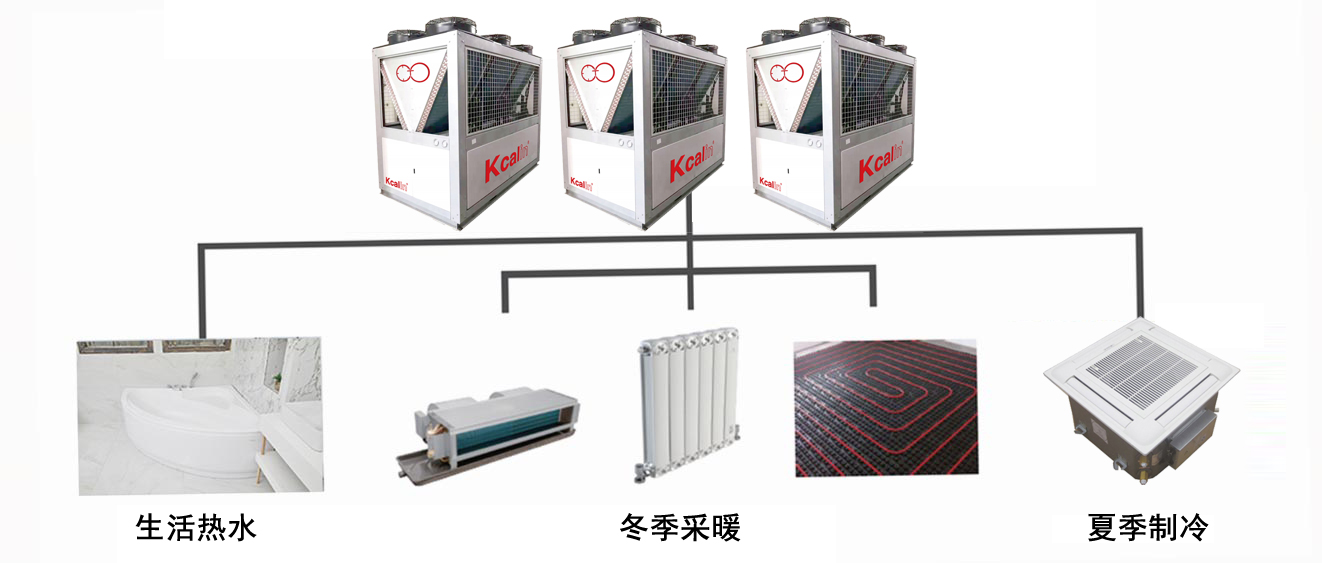In the cold winter, heating is an indispensable part of our lives. In heating methods, distributed heating and centralized heating are two common choices. They each have their own characteristics. Today, we will explore the five differences between distributed heating and centralized heating, to help everyone better choose the heating method that suits them.
cost
Distributed heating: The cost of distributed heating is usually borne by users themselves. Each household has independent heating equipment, which is independently measured and charged based on actual usage. This means that you only need to bear the cost of heating for your own home, without having to pay for the heating of other users.
Central heating: The cost of central heating is usually shared by the entire community or building. The cost is evenly distributed among each household based on factors such as building area and heating area. In this way, even if you don't use heating during winter, you still need to pay a certain fee.

temperature control
Distributed heating: Each household has an independent temperature controller that can adjust indoor temperature according to their own needs. The temperature of different rooms can be independently controlled to meet different needs.
Central heating: Central heating is usually controlled by property companies or management departments, making it difficult to achieve personalized temperature regulation. Sometimes, there may be situations where the temperature in some rooms is too high or too low.
Fault impact
Distributed heating: Each household has independent heating equipment, and once a malfunction occurs, it will only affect the residents of that household and not the entire community.
Central heating: Once central heating fails, it may cause the residents of the entire community or building to be unable to receive effective heating, which has a significant impact.
resource utilization
Distributed heating: Each household in distributed heating has independent heating equipment, which makes the heat source closer to the user and reduces the loss of heat during transportation, making it relatively energy-efficient.
Central heating: Central heating requires long-distance transmission of heat energy, which incurs certain energy losses, but due to economies of scale, it may be more efficient overall.
Maintenance and management
Distributed heating: Each household's heating equipment needs to be maintained and managed by the user themselves, and in case of failure, they need to bear the repair costs themselves. But at the same time, it also has greater autonomy to choose equipment and maintenance service providers on its own.
Centralized heating: Centralized heating is maintained and managed by property companies or management departments, and users do not need to worry too much. However, sometimes untimely maintenance and management may cause certain inconvenience.
Distributed heating and centralized heating have their own advantages and disadvantages. Distributed heating costs are more equitable and temperature is easier to control, but users need to bear maintenance and management responsibilities themselves. Central heating may be more efficient in resource utilization, easier to maintain and manage, but users have lower autonomy and costs may not be transparent enough. Therefore, when choosing heating methods, one should make appropriate choices based on their actual situation and needs.







Comment